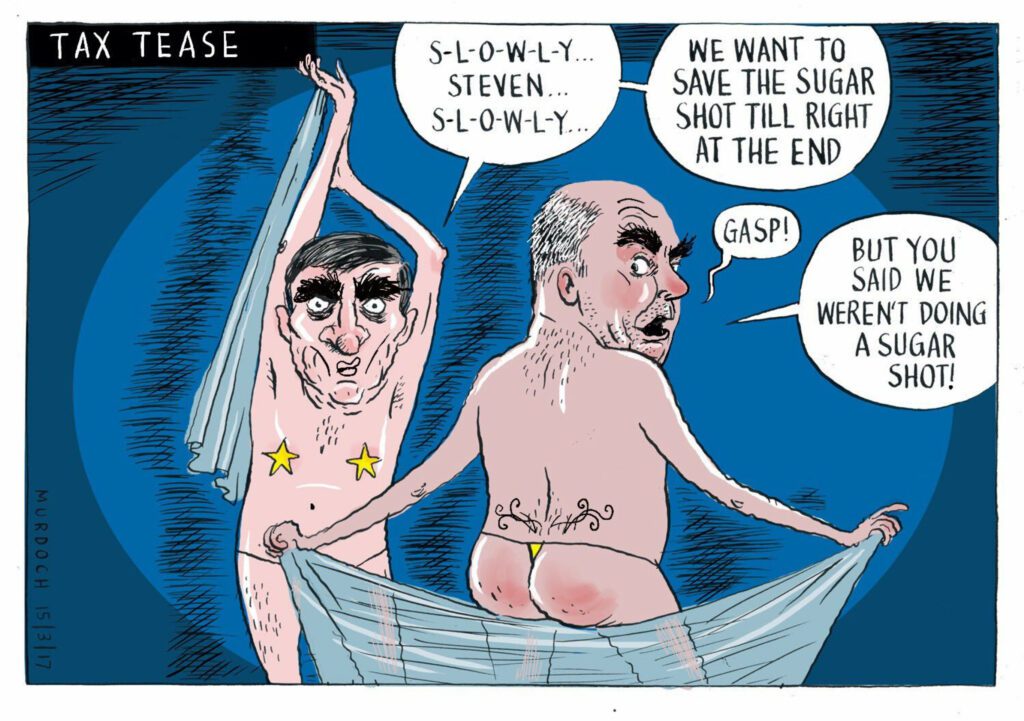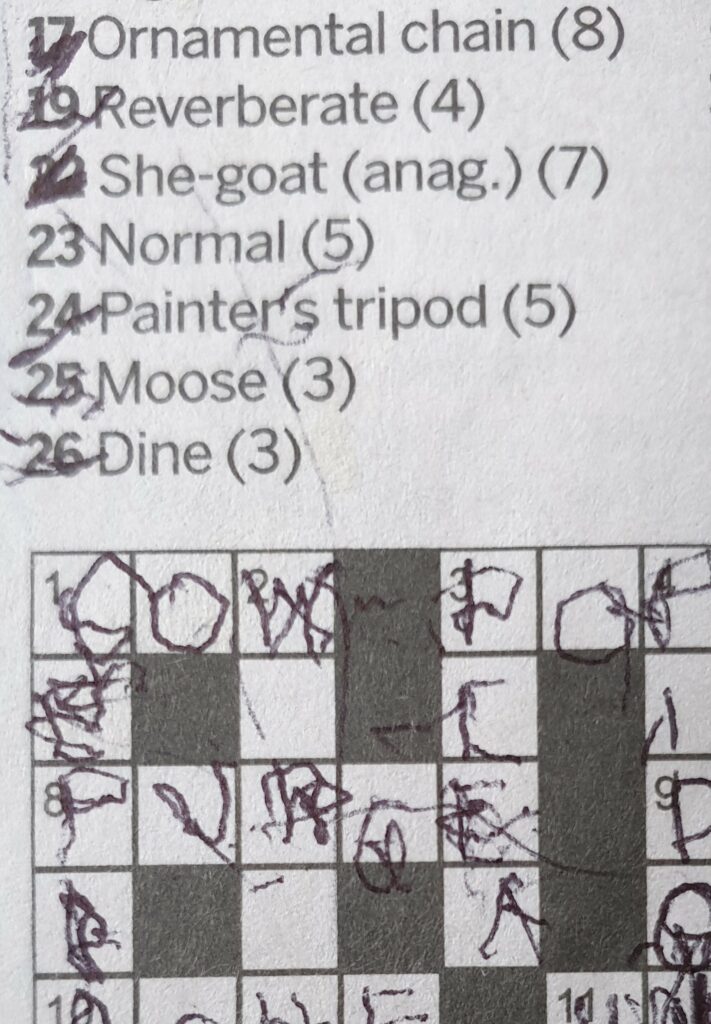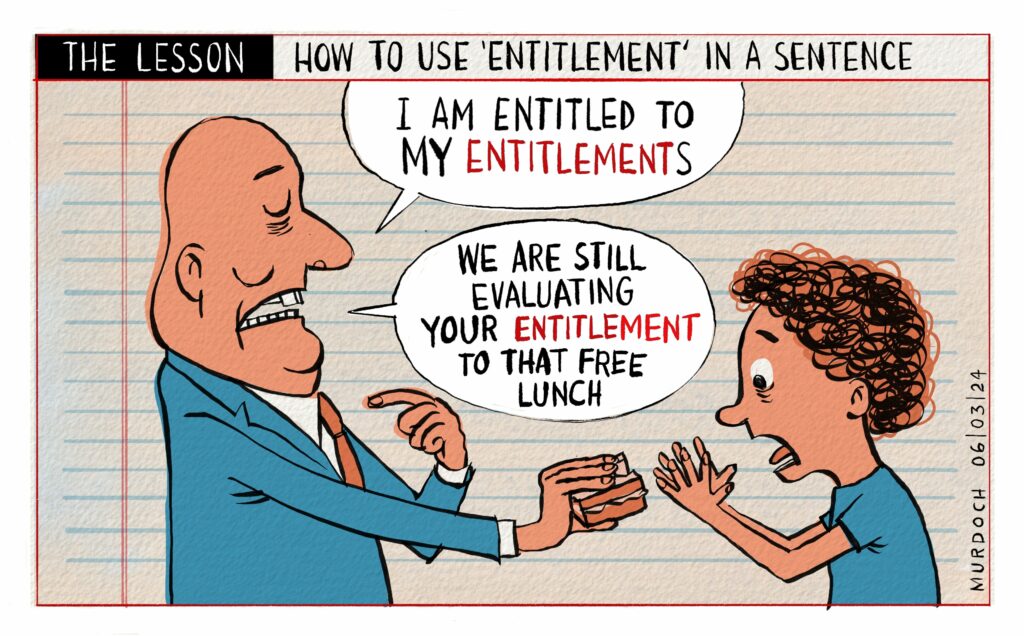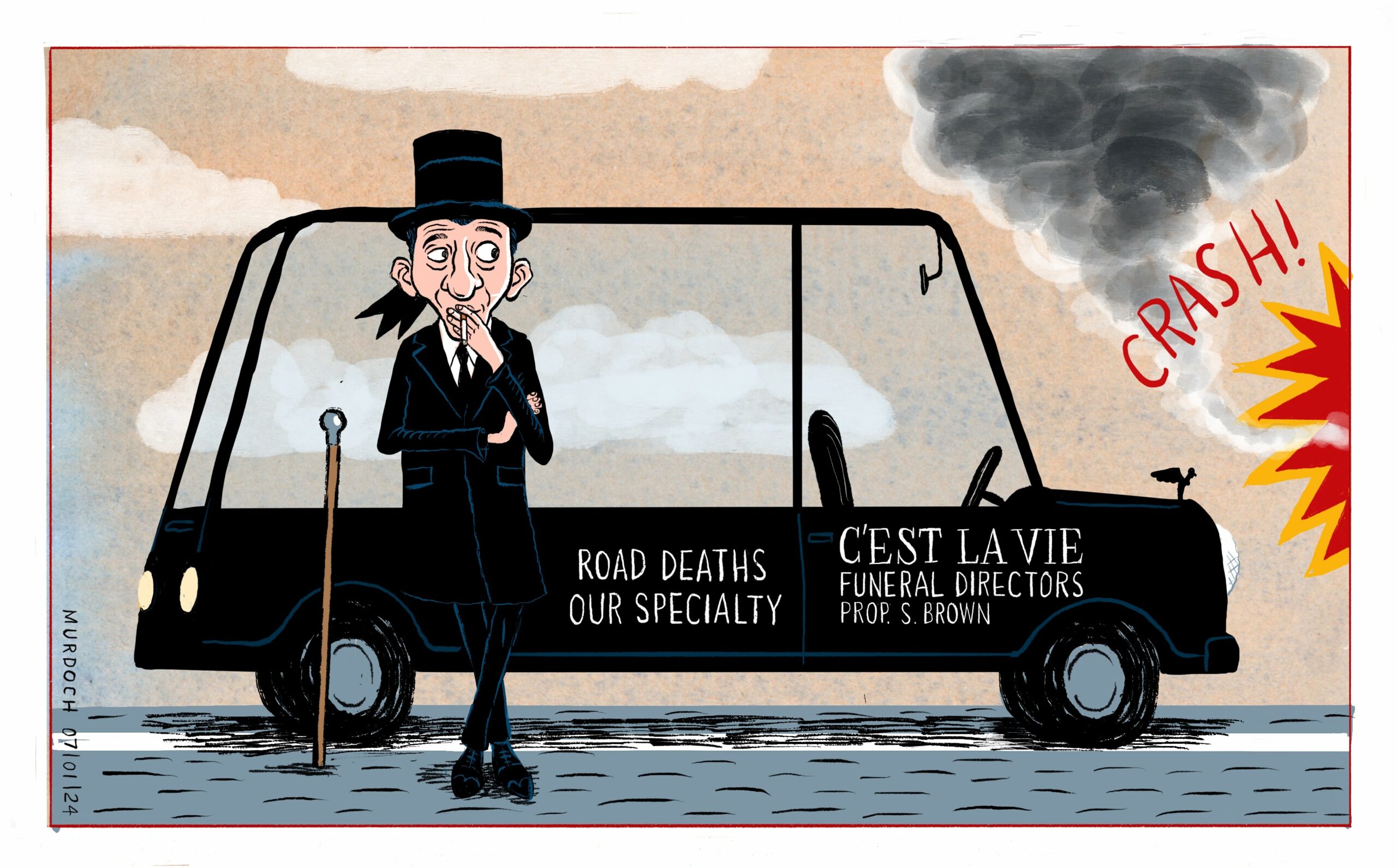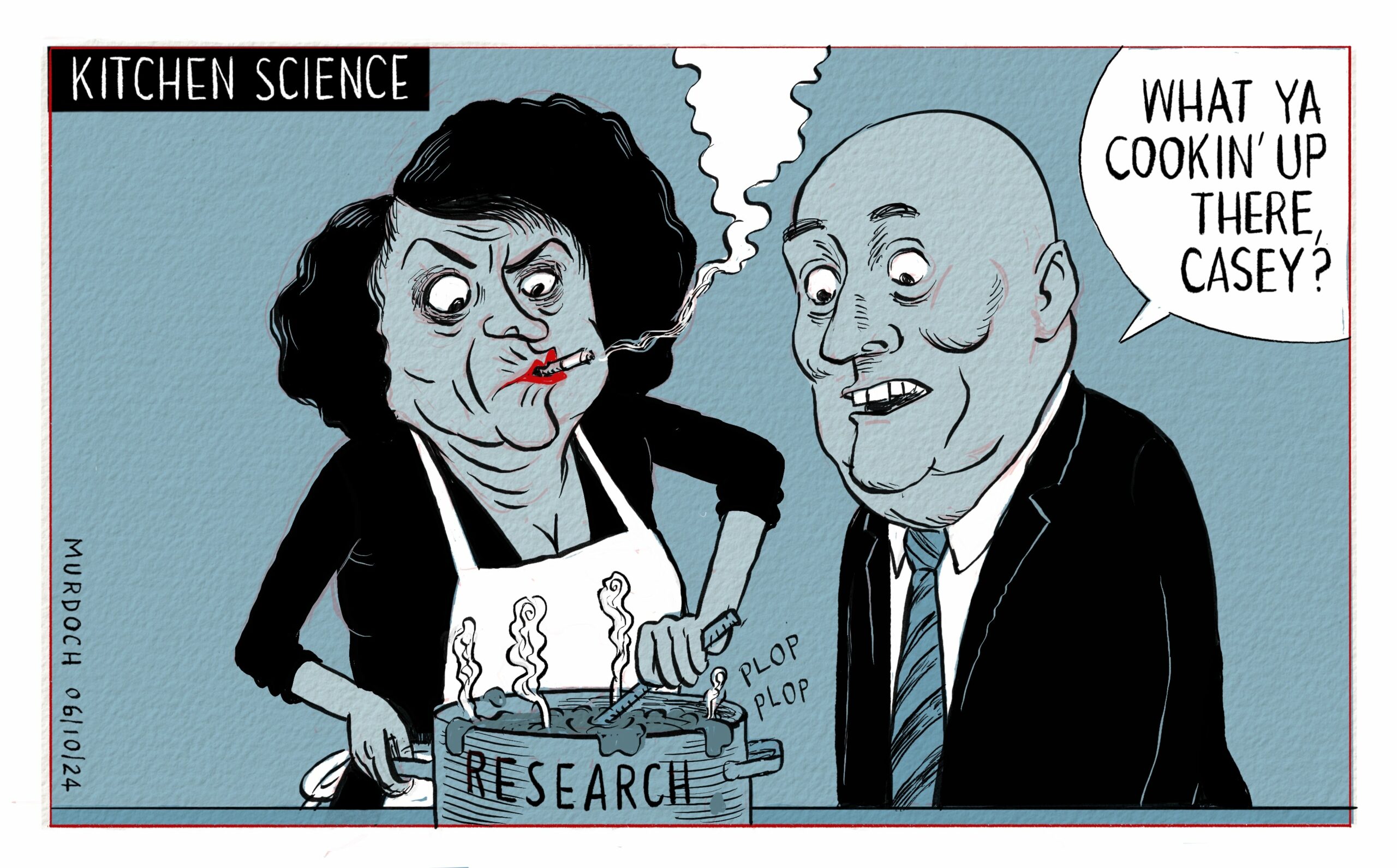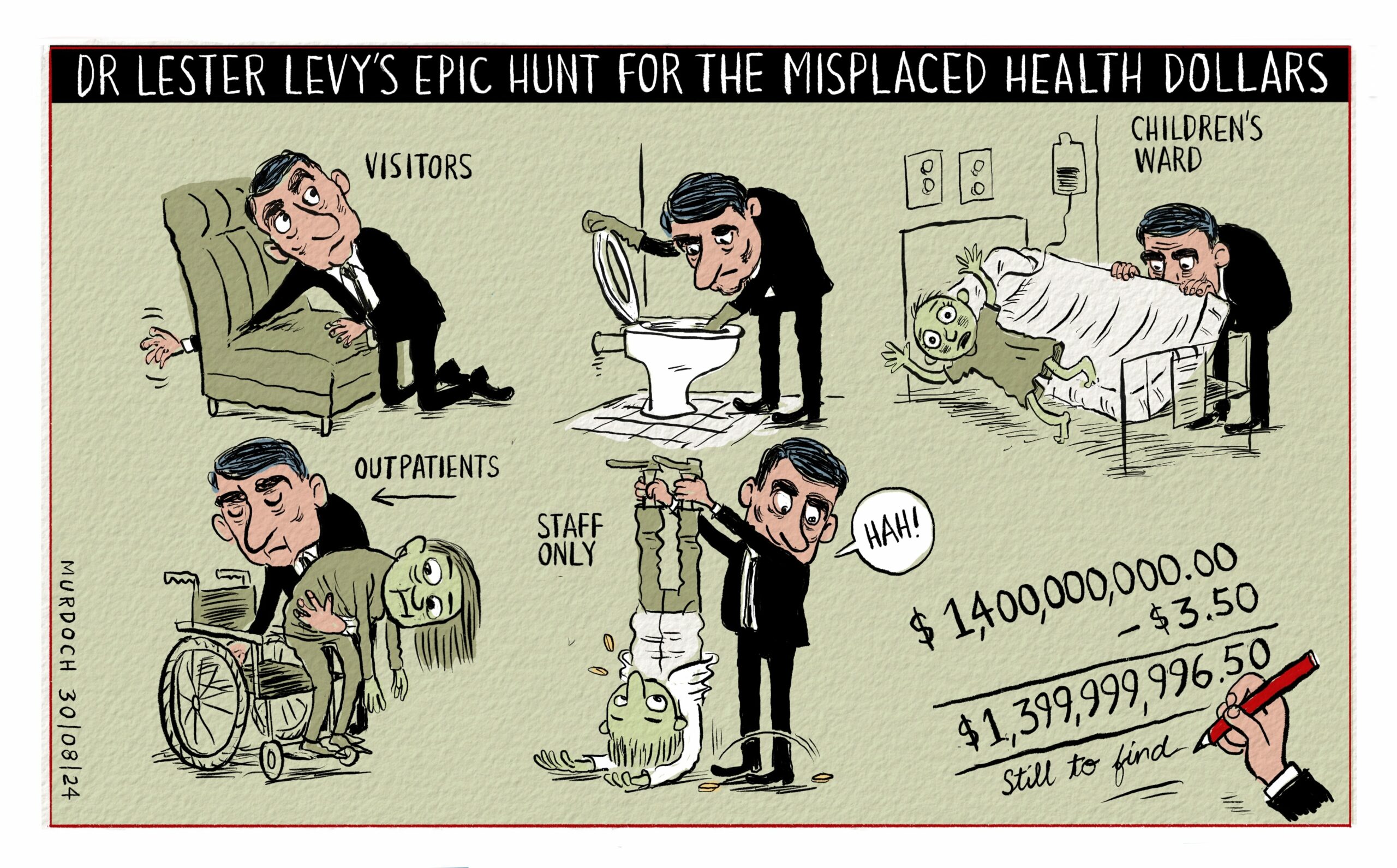The Solace of Shrinking
Cartoonist Sharon Murdoch finds solace from covering the daily parade of political swine by literally shrinking her subjects down to size.
She explains this system when I ask how she keeps herself psychologically intact when facing a daily diet of malice, lies, bigotry and bombast from the current coalition Government.
It’s been a rambling, revealing interview process when both participants loathe Skype, formality and small chat.
Email has worked well, allowing for the gaps that arise when everyone is dealing with medical misadventure aftermaths as well.
In Sharon’s case this has been a long road back from a stroke after a routine operation went awry.
At the stroke rehab stage, the psychologist recommended she disconnect from news. Easy enough if that’s not how you make your living.
Instead, she says cartooning itself is a relief.
‘There is a great thing about drawing the cartoons though: I make them small in my own head. I draw little hands, and little feet, and little heads, and have them shouting, or blowing up with fury, being pompous or withering, and being able to reduce their stories to kitchen tragedies. Domestic and manageable. Like a little puppet theatre. Of course that’s not what is happening real life, and that’s the real tragedy. Real people’s lives being messed with in some pretty profound ways.’
The shrinking down to size is also a very Southern Kiwi way of working that dovetails into Sharon’s Murihiku/Southland, Waihōpai/Invercargill origins and the experience of growing up pale with a Ngāi Tahu mum and a Pākehā father. Laughing at the Man is very much part of the Māori experience.
Early life was not easy. Her father had undiagnosed, untreated bipolar disorder which led to a stormy, erratic, mobile childhood. Despite this, her father’s eventual suicide was devastating.
Amongst the moves and turmoil Invercargill and the outlying countryside shaped Sharon’s spirit.
‘I’m sure landscapes, the feel of the air, the sounds of birds, the weather, they all feed into your identity and aesthetic. I feel most at home when it’s raining. It gives you permission to withdraw.’
Her Ngāi Tahu Mum also had a hardscrabble beginning to her life starting life in a large whānau, losing her Dad at 5, the family farm at mortgagee sale, moving to an Invercargill boarding house with her Mum at 15, all of which she treated as just being facts rather than particularly hard-luck stories. Her influence is apparent in Sharon’s sense of identity and respect for things Māori.
She and her daughter are registered with the rūnanga.
‘I feel the loyalties and affiliations that come through in my cartoons.’
Just where and how this affects her position in the cartooning world of Aotearoa is pretty clear. In a hugely traditionally-gendered world she is possibly unique. A working-class origin wahine has not been a constant in political cartooning here. On the left/right spectrum the reactionary male eye has often ruled.
Her work is contextually the end product of decades working in graphic design commercially and for social justice groups, including a transformative year working in a women’s and children’s community group in South Africa. There were years of involvement with the Wellington Media Collective as well, working with, rather than for, clients.
Her experience also includes working in newspaper art departments which as a fellow veteran I can attest were creative powerhouses where speciality constraints were often blurred, and a fair amount of creative mayhem goes down.
Some creatives are also mentor magnets. The right person to help take their journey forward and upward turn up at the right time.
In Sharon’s case the pivotal mentor was Jim Gilmore, a graduate of Ilam, the University of Canterbury’s School of Fine Arts, who ran the art department at the very trades-oriented Southland Technical College in his own unique way.
Unlike anyone in her previous experience, the playful boss of the top floor of one block ‘created a haven for misfits.’ Savour that phrase—who has not felt the bliss of finding similar havens in an oft hostile world?
‘Jim offered much more than art lessons, he gave great life lessons with humour, and wisdom and experience. He saved me at a time when life was pretty difficult.
‘Jim directed me toward design school in Wellington—he felt that unless you were very good, quite often people who do fine arts end up teaching and doing their own art in their spare time. I think he had found that pretty punishing.’
His advice stood her in good stead, providing a way to earn an income until 2013 when Sharon began publicly cartooning in earnest.
Her cat, Munro, was the start of a more visible public cartoon presence, starring in his own column in a variety of newspapers.
The direct political commentary kicked in with cartoon sidebars to articles from current editor of The Post, Tracy Watkins. After the stroke that happened during an operation to contain a brain aneurysm, she notes that Stuff kept up the financial support, supplementing the ACC payments that came from suffering a treatment injury.
There are waves of shock that come from surviving medical misadventure.
It has been a long road back, not to the starting point but to a level of functionality. One senses that same far South Ngāi Tahu tenacity surfacing to meet the moment. As Sharon said in a speech further down the track—’In the days that followed bruises spread all over my body. I needed help to walk, I mangled words. I was hot all the time, then I was cold. I missed things, toilet paper missed the bowl, cups missed the table. I couldn’t reach my head when I showered, dressing required a lie down afterward. I held my drooping eyebrow up with white tape. I cried for short, overcome minutes, then hiccupped.’
Stroke rehab followed.
When Sharon got home, she had ongoing aphasia and ‘an inability or impaired ability to understand or produce speech, as a result of brain damage.’ Slowly she learnt to write again copying stories from Joy Williams’ 99 Stories About God. Half a page would take an hour. ‘It has halting, plodding, one deliberate letter after another.’ There was also the full gamut of emotions that go with physical, spiritual, mental trauma. These were eventually navigated.
Compiling this profile has meant I’ve ended up sharing aspects of my own medical misadventure with Sharon. What I didn’t share at the time was that my own veneration for cartoonists goes back to being a bright dyslexic kid in the 1960s. Until the literacy code was cracked, comics and cartoons were a welcome flash of insight into a world I frequently did not understand.
On the road back to functionality Sharon says certain things stand out:
‘It allowed me the time to be still, read Proust, sleep in the afternoon. Feel the wind. Recover. Experience my family cherishing me, and me them.
‘My main memory of that time is stillness and calm.’
She walked a lot, despite the falls that resulted from stroke-related weakness on her dominant right side.
‘And of course I am right-handed, so I launched my own drawing rehab. Starting big, working at an easel with charcoal and working my way back down. I no longer have the same pleasure in writing by hand—I used to have an okay hand but now it’s a bit hit and miss. Drawing is definitely easier.’
She had a second stent put in a year ago, but it failed to improve the aneurysm.
‘Each day is ordinary and trying and delightful. I’m glad to still be here, as I’m sure you are. Given enough of a fright to be grateful.’
Faced with the Hogarthian horror show that makes up our daily political diet, Sharon takes solace in shrinking the monsters down to size.
Sharon Murdoch has worked as a pooper scooper at dog shows, spent seasons hay baling, and did one memorable stint in a bottling factory, where she got stuck in a conveyor belt.
Trained as a graphic designer, she worked for several years with Wellington Media Collective, doing work for theatres, art galleries, education and the like. After a year in South Africa with a Xhosa women’s community development group (under the auspices of Volunteer Services Abroad), she took a job as a designer with Wellington’s daily paper, The Post. In 2013 she had her first foray into cartooning with the Munro the Cat series which now runs in all Stuff’s daily newspapers three days a week. As well as the Munro series, Murdoch is a political cartoonist with Stuff, producing work for the Sunday Star-Times, and twice a week for the daily papers in Stuff’s stable.
In 2016, 2017 and 2018 Sharon was named Cartoonist of the Year in the Canon Media Awards (renamed the Voyager Media Awards in 2018) for her political cartoons, was a finalist all the other years, and runner-up in 2024.
In 2017 she was inducted into Massey University’s College of Creative Arts’ Hall of Fame, which she notes is actually in a hallway.
Sharon lives in Wellington with her husband Geoff, daughter Stevie, daughter’s partner Sam, cats Munro and La Luna, and Iris, the very hairy terrier.
Greg Jackson is a poet, journalist, and speechwriter in Ōtautahi Christchurch who works as a press secretary to a literal fat cat, Lord Fulford, who can be found on Twitter as @Gregrealviafone
